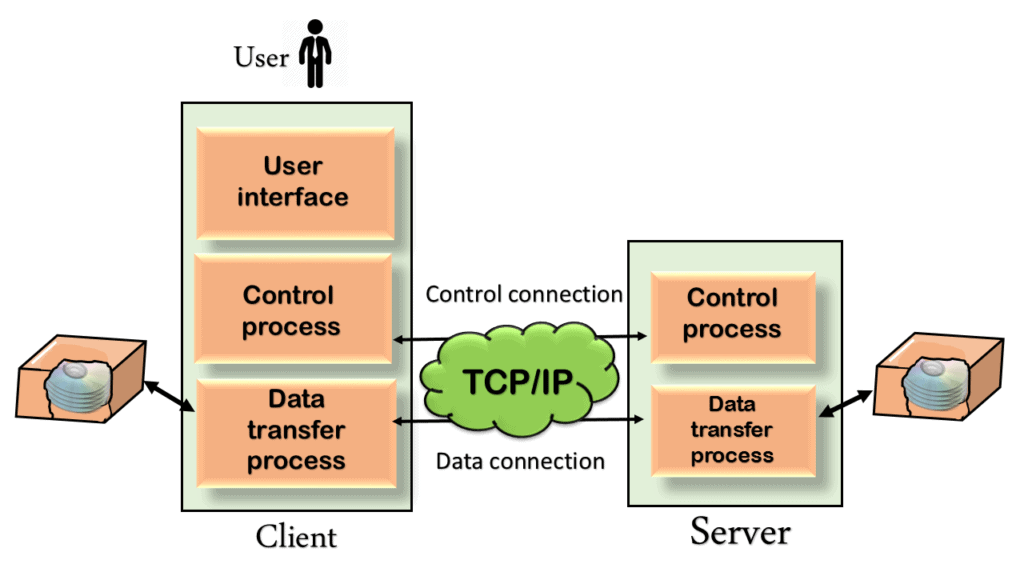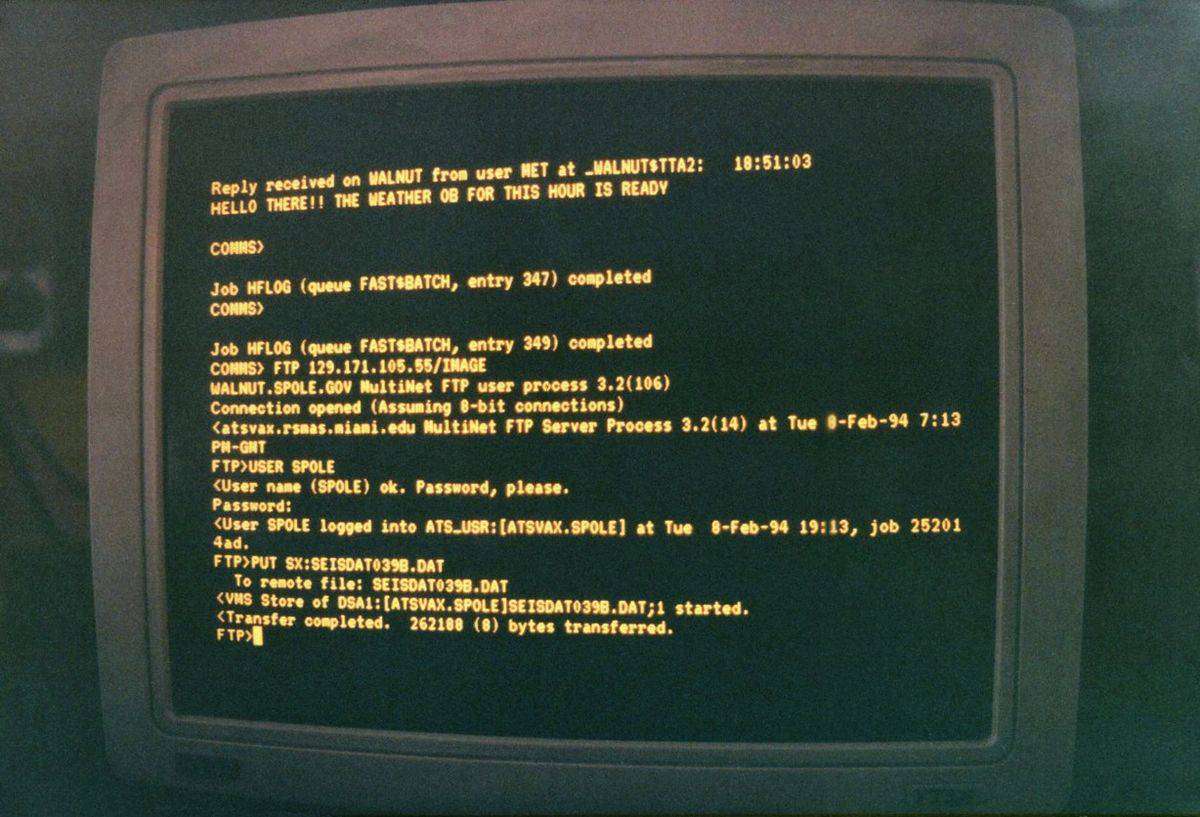To understand the essence of the FTP protocol, you need to look at the history of the emergence of a worldwide network. As you know, at the very beginning the web was a not so popular and a limited accessible computer network, which began to be used to organize and host static pages of sites and exchange information (transfer files) between individual computers.
In the process of forming a global network, its structure is constantly changing, the number of users is expanding, and new services and corresponding protocols appear.
File Transfer Protocol (FTP) is a file transfer protocol, one of the first and main protocols of the TCP / IP family, which provides the ability to send (copy, transfer) files over the Internet from a remote computer to a local one, and vice versa. It is known that programs that use the FTP protocol have become part of separate Internet services and a service that provides access to files of other computers on the network via FTP is of the same name.
The FTP protocol is used, in particular, by the authors of the virtual www-server owners to remotely control and update their contents.
For the FTP application to work, you must have the appropriate programs:
- FTP client. A browser or a file management program that you can access an FTP server with.
- FTP server. It is a program that runs on a powerful computer – a server, the one that exposes the files to the Internet.
Using the FTPConnection object, you can work with remote computers by performing standard actions with files: download, upload, rename files, access their properties, and create directories.
FTP protocol has a generally established specification of commands and responses that programs use for their work.
The user-level FTP protocol operation algorithm consists of several stages:
- Identification (entering the identifier name and password).
- Directory selection.
- Determination of the transfer protocol.
- Execution of transfer commands.
- Completion of the procedure.
File management using the FTP protocol depends on the selected four items:
- File type: ASCII, EBCDIC, local.
- Format: nonprint, telnet format control, Fortran carriage control (for files such as ASCII and EBCDIC).
- Structure: file, records, pages.
- Transmission mode: stream, blocks, compressed.
You must pay attention to compliance with the rules for using file upload modes. If the operating mode is incorrectly selected, the file may not work correctly.
If we are talking about file sharing, then using FTP protocols is convenient only until the number of requests to download the same file in one unit of time, from one source, begins to grow exponentially, which is associated with a huge increase in the percentage of users Internet and rising global traffic. In this regard, servers and server data channels begin to withstand the load, which leads to a decrease in the speed of file distribution.
The disadvantage of the FTP protocol is the transmission between the server and the client of clear text, which does not protect the transmitted information, and therefore cannot be used to transmit confidential information.
Pay attention to the fact that hosting providers like SiteGround and DreamHost is offering reliable hosting for business owners with FTP access.
Below, you will find the basics of FTP specifications. FTP clients got three components: a user interface, control process, and data transfer process. The server has two components: the server control process and the server data transfer process. Communication is done over TCP / IP.

- Ultimate PrestaShop Product Customization Tips - March 10, 2025
- Rachel Gilmore Discovers Why Shopify Really Took Down Kanye’s Store (It Wasn’t the Swastika) - February 12, 2025
- From Print Ads to Social Media: The Evolution of Marketing - December 28, 2024

